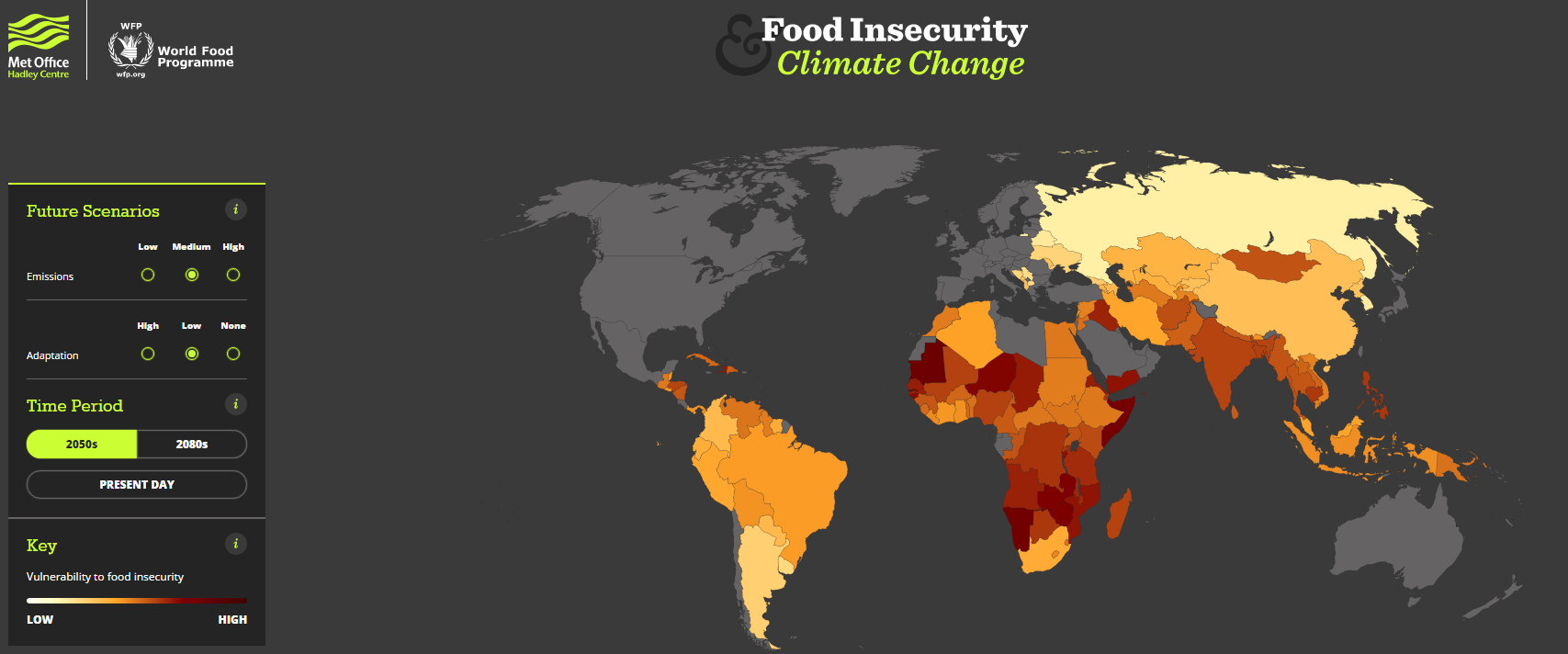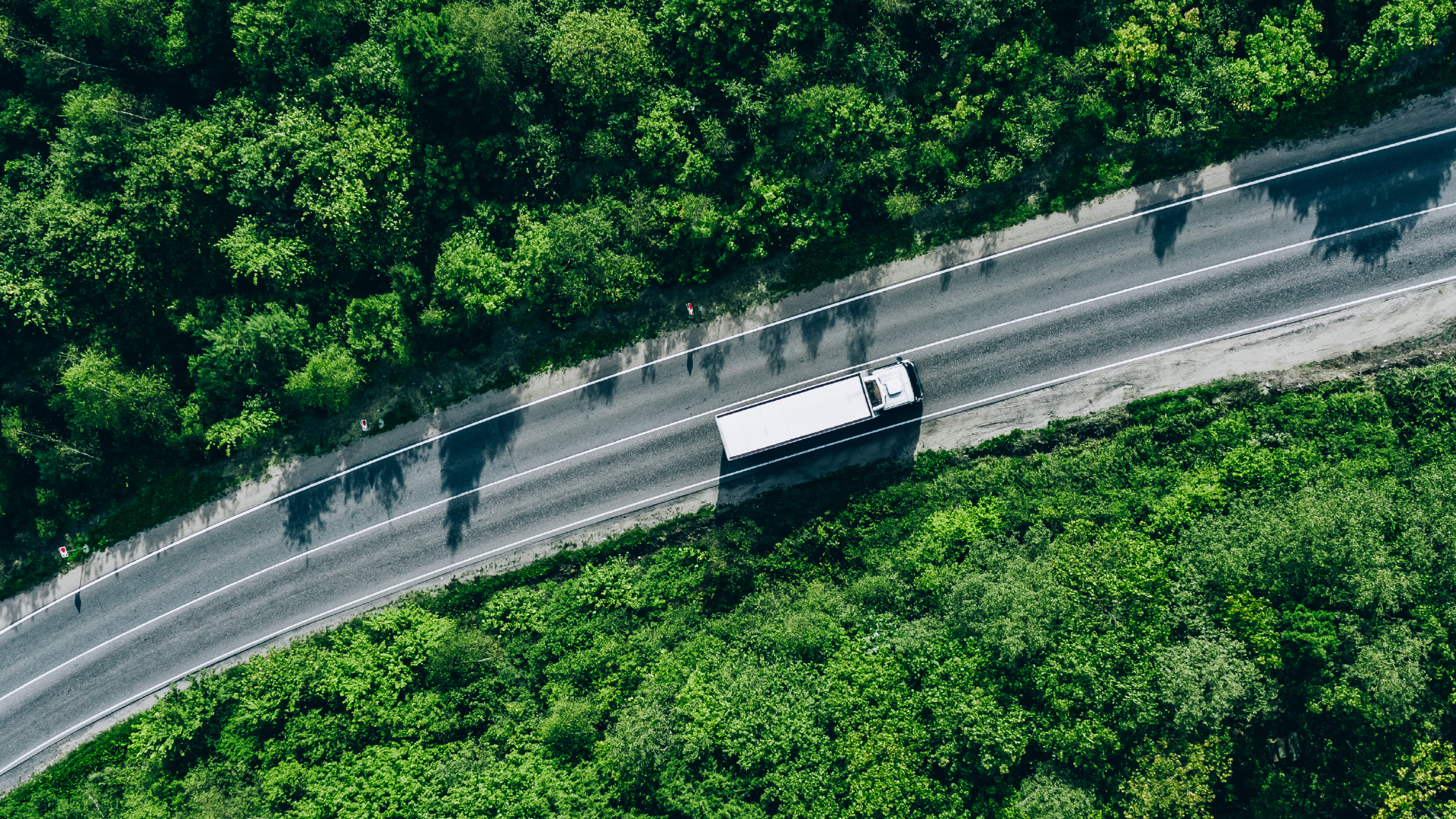How will climate change affect food security?

Climate change isn’t just threatening food supply and agriculture in Africa, it’s a global problem, as these maps from the World Food Programme and the UK’s Met Office show.
Farmers are struggling to adapt to changing growing seasons and rainfall levels, and need significant support to feed an expanding global population – demand for food is due to nearly double by 2050.
The tricky bit, however, is that agriculture is in part responsible for climate change. This is highlighted by a World Economic Forum report, which shows that the industry is responsible for up to 30% of global greenhouse gas emissions.
Add to this poor farming practices that have damaged soil fertility, killed off plant and animal species and polluted water supplies, and a complicated picture emerges.
The link between climate change and food security is a two-way street. The industry must adapt to reduce emissions and ensure sustainability, but also grow to feed an increasing global population. Nearly a billion people are hungry today, and with yields set to drop 20% in some areas as a result of climate change, action is urgently needed.
The World Food Programme and the Met Office in the UK have developed an interactive map, which outlines the problem over time and across different scenarios.
The map above shows the situation in 2050 if emissions are slightly reduced, and with a low level of adaptation – with the darker shades indicating a higher level of vulnerability. The map makes clear that a modest reduction in emissions will not be enough to reduce the threat faced by farmers and countries around the world would remain highly vulnerable in 2050.
If we now consider this map from the present, the situation is already serious in many countries around the world. Immediate action is needed to ensure our food supplies are not severely impacted by climate change.
The full interactive map can be found here.
Have you read?
5 steps to save Africa from climate change
Paris climate talks: are we aiming high enough?
4 unanswered questions at the Paris climate talks
To keep up with the Agenda subscribe to our weekly newsletter.
Author: Joe Myers is a Digital Content Producer at Formative Content.
Image: Wheat is seen in a field REUTERS/Vincent Mundy
Don't miss any update on this topic
Create a free account and access your personalized content collection with our latest publications and analyses.
License and Republishing
World Economic Forum articles may be republished in accordance with the Creative Commons Attribution-NonCommercial-NoDerivatives 4.0 International Public License, and in accordance with our Terms of Use.
The views expressed in this article are those of the author alone and not the World Economic Forum.
Stay up to date:
Future of the Environment
Forum Stories newsletter
Bringing you weekly curated insights and analysis on the global issues that matter.
More on Climate Action and Waste Reduction See all
Jane Thoning Callesen
November 18, 2025









